Visits to Rekolanmaki School, Helsinki and Pilbacksskolan, Malmo.
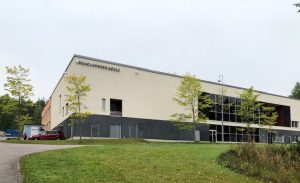 Wow! Time flies, it’s been nearly one month since I was fortunate to visit a Finnish Primary school and a Swedish Primary school. My visit to the Finnish primary school was made possible through Twitter. I use Twitter as part of my professional learning and over the last few years have established an amazing network of fellow educators who share expertise and knowledge. So, I naturally asked if anyone had a contact and a huge thank you to Maija Ruokanen, who put me in touch with Karoliina Mutanen.
Wow! Time flies, it’s been nearly one month since I was fortunate to visit a Finnish Primary school and a Swedish Primary school. My visit to the Finnish primary school was made possible through Twitter. I use Twitter as part of my professional learning and over the last few years have established an amazing network of fellow educators who share expertise and knowledge. So, I naturally asked if anyone had a contact and a huge thank you to Maija Ruokanen, who put me in touch with Karoliina Mutanen. 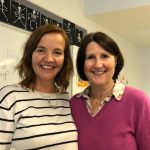
Karoliina very kindly invited me to visit her Year 3 English speaking class, at Rekolanmaki School just outside Helsinki. So, with the help of Karoliina and Google maps I made my way to Vantaa. Karoliina warmly welcomed me into her class. The students were grade three boys and girls in an English-speaking class (lessons are aimed at providing the students with functional bilingualism by the end of grade 6). There were 18 students present, with two absent, Karloiina introduced me and I was given the opportunity to talk a little about myself and Australia. 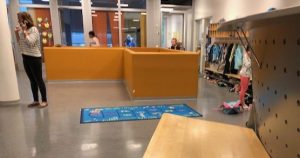
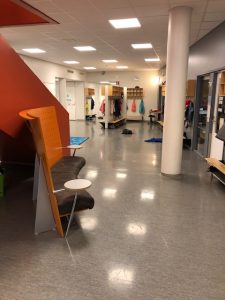
I had already observed how relaxed everyone was, the children had removed their shoes and socialised in a community area before heading into different classrooms, the teachers are called by their first names. The children greeted each other and Karoliina. The first session was hands-on maths activities set up by Karoliina.
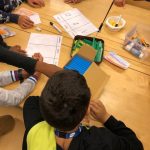
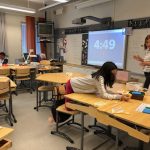
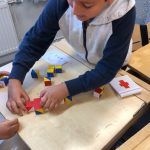
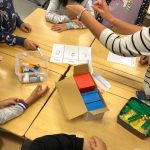
After explaining and discussing with the students each station (activity) Karoliina set up a timing app on the IWB, which kept the students focussed and engaged and keen to succeed in completing as much of each task as possible. It was an exciting and enjoyable time with plenty of discussion, cooperation and collaboration.
Next, we all ventured outside for a 30 minute recess…..it was incredible to see such a spacious and exciting environment for physical activities ……sport, climbing…trees, building with logs, stones and branches and groups playing music and dancing!
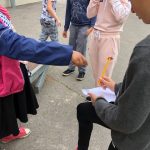 I was asked by a number of students to respond to a survey they were carrying out for their projects they were doing….all in their recess! Children are the same all over the world and of course there were squabbles and tales being told but there were also plenty of staff on hand to help solve issues arising.
I was asked by a number of students to respond to a survey they were carrying out for their projects they were doing….all in their recess! Children are the same all over the world and of course there were squabbles and tales being told but there were also plenty of staff on hand to help solve issues arising.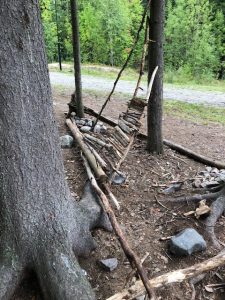
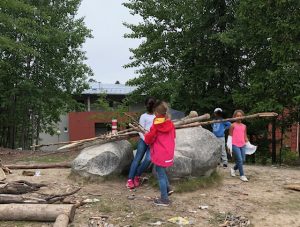
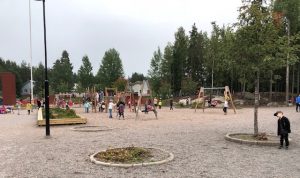
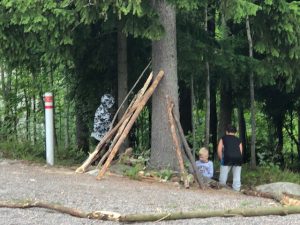
After recess the Year 3 students spent time with their Year 1 buddy class (first year of school, 7 years of age). This was their first meeting as the school year had only started three weeks before, so the students were keen to meet. The teacher had prepared a ‘getting to know you’ activity using ‘happy’ colours. The children moved to different parts of the community area and within the classroom. There was a happy buzz of conversations and cooperation. 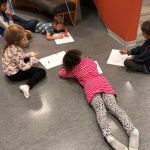
Shortly into this activity it was time for our students to have lunch, so children were invited to have lunch by making their way down to the dining area. The students were not always supervised, moving around the school they were given a great deal of responsibility. Children came at different times and it was again very relaxing and just part of their day. Menu for the week was displayed and a breakdown of ingredients for children with allergies. The stairs leading down to the dining area were decorated with ‘the times tables’!
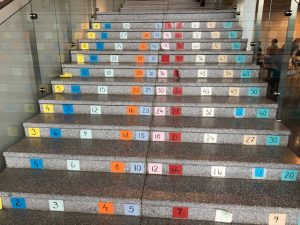
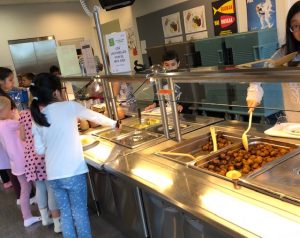
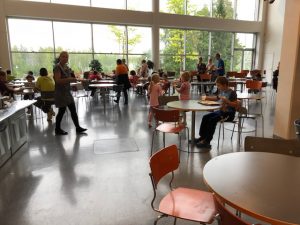
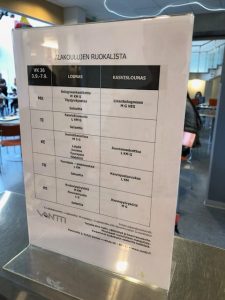
Slowly the children gathered back in their own classroom. Karoliina and the students negotiated what activities needed to be done before another recess and finishing for the day. Karoliina wrote them on the IWB as she and her students decided. It was a delight to listen and watch how they negotiated.
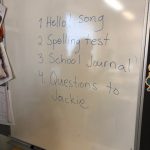 The children really had fun singing and dancing to the Hello song. The spelling test was put forward and got support from majority of students. Karoliina had used photos, illustrations and video clips to introduce words which would benefit their unit study. She played these again as students wrote their words….. non-threatening and relaxed!
The children really had fun singing and dancing to the Hello song. The spelling test was put forward and got support from majority of students. Karoliina had used photos, illustrations and video clips to introduce words which would benefit their unit study. She played these again as students wrote their words….. non-threatening and relaxed!
I was fortunate to also visit a grade 6 group working with a student teacher on experimenting with colour and paint…. free expression by the students. Students I spoke to were keen to tell me about their painting and their colour representations.
I was able to spend a little time talking to Karoliina but I was very aware of not taking her away from the children. She was able to show me areas which provided resources and equipment for manual arts and creative expression……not a Makerspace but still great spaces. 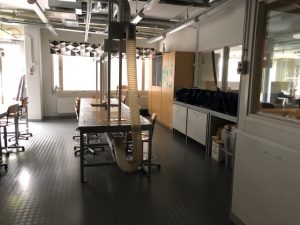
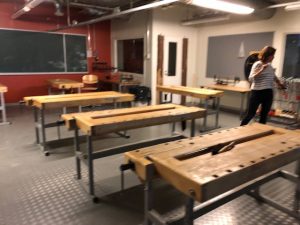
It was delightful to see the fun and enjoyment the students were displaying everywhere I went. Teachers and students seemed relaxed and wanted to be at school, not rushing to get anywhere in particular. Teachers were not teaching to a test or feeling pressure to prepare students for assessment. The day was short for students starting around 9.15am (some staggered times) and finished around 2 – 2.30pm. The times varied for different students. Teachers are given time to prepare lessons with 20 – 24 face-to-face lessons per week (average of 3 and a half hours per day or 16.5 hours per week) Teachers may stay with their class for more than a year.
I am so grateful to have had the opportunity to spend time with Karoliina and her students. I was able to leave each student with a little koala and many of the children wanted me to stay longer….one young man asked Karoliina to use his phone to take a photo of me with him to show his parents!
I think not having to be constantly collecting data and assessing students and by giving teachers the autonomy to teach is what I witnessed and felt the ‘love’ of learning. It was obvious how happy, relaxed and stress-free the teachers and students were. Students didn’t get set homework and there are no exams until students are 16 years. Each school is responsible for addressing and deciding how it implements the National Core curriculum. Teachers have pedagogical autonomy. They can decide themselves how each day will look. There are no national tests for pupils in basic education in Finland (7yrs to 16 yrs). This document is quite interesting. The more I have read about Finland’s education system, and after talking to Karoliina, the more impressed I am…..it is administered by educators not business people or politicians.
I have reflected a great deal on my ‘short’ time at this school and it really did remind me of when I started teaching 42 years ago in England and how I was responsible for my students’ learning and my pedagogy. 1970’s in England was a time of great upheaval in education, many teacher strikes and changes: Bullock Report, Plowden Report, Yellow Book…..the Great Educational Debate! England was moving from ‘progressive’ and ‘child-centred’ education where teachers had autonomy to the government requiring teachers to be accountable by following a national curriculum……..after dismissing the 11+ and introducing ‘comprehensive education’ more curriculum content and testing was added..….…sound familiar?
My next school visit was in Sweden. When my own daughters were small I was fortunate to have au-pairs living with us. One au-pair, Asa, was always special to our family so when I was planning this trip I knew we had to meet up as she was now married and had two children of her own. Hampus and Erik supporting the Brisbane Roar!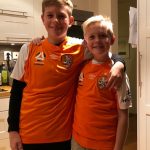
Asa had organised for me to visit the boys’ school, Pilbacksskolan in Tygelsjo (just outside Malmo) where I was delighted to spend time with the assistant principal.
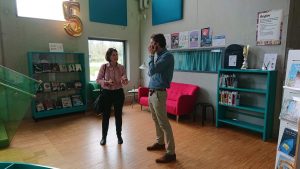 He enthusiastically showed me around the school and we shared educational philosophies and beliefs. One interesting concept was that the school library was open to the public two days a week. This could certainly be an opportunity for members of the community to interact with students and share knowledge and skills!
He enthusiastically showed me around the school and we shared educational philosophies and beliefs. One interesting concept was that the school library was open to the public two days a week. This could certainly be an opportunity for members of the community to interact with students and share knowledge and skills!
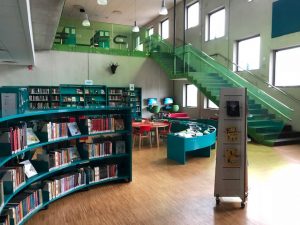
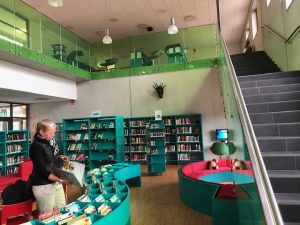
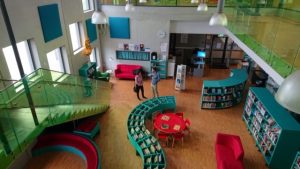
The school day started at different times during the week depending on activities and ages. Students finished early on Fridays and started late on Mondays, so children did not start their school week tired. The school day, looking at the boys’ timetables, were more traditional but with more recess time. The boys didn’t have much set homework each week and both spent a great deal of time involved in team sports. Again, each school principal selected teaching staff, decided curriculum and gave teachers freedom of delivery.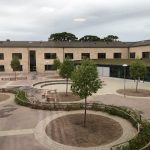
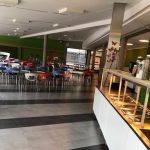
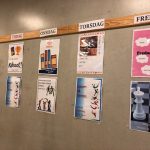
Although I was on long service leave and taking a break from ‘school’, I was so positively rewarded by the opportunity of visiting both schools. My visits and experience will stay with me for a very long time.
Thank you again Maija, Karoliina and Asa.

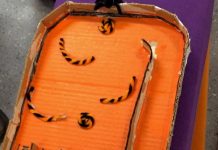

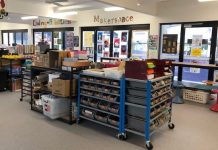
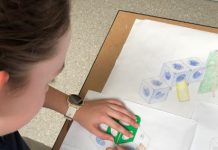
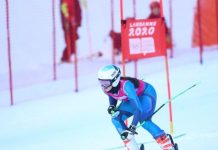
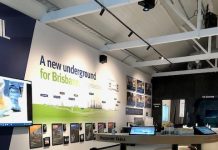
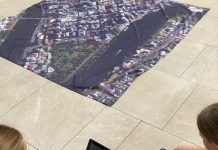

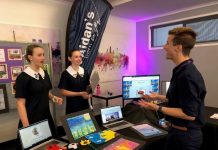
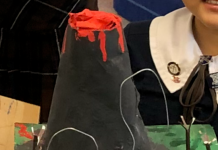
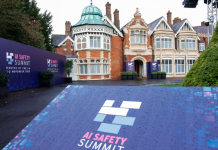
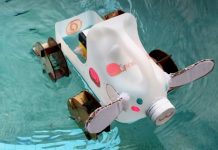
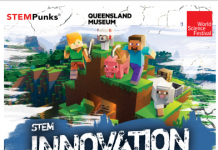
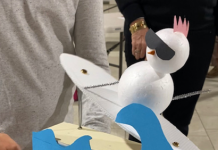
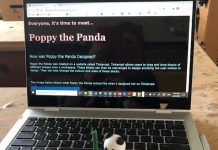

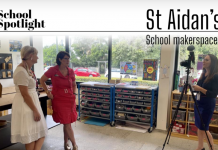
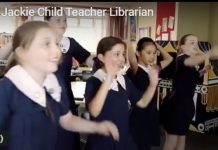
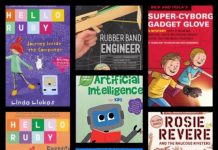

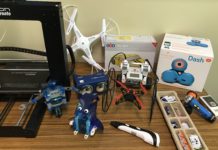
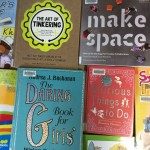
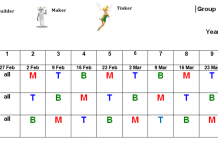
Hi there,
I am doing my bachelor of education (primary). Im thinking to go to Finland to do my 4 weeks placement. I was wondering if you can give me some suggestion which school is best to go etc.
Thank you.
Hi Nadia
I only visited the one in Finland. The details are on the blog post. Karoliina is very helpful if you get in touch with her.
Hi, I’m Bih from Cameroon and have been teaching since 2012. I’m so grateful for your post. I’ve learned a lot and hope I’ll go visit one of such schools in Finland this year. Learning indeed is forever continuous. Thanks again